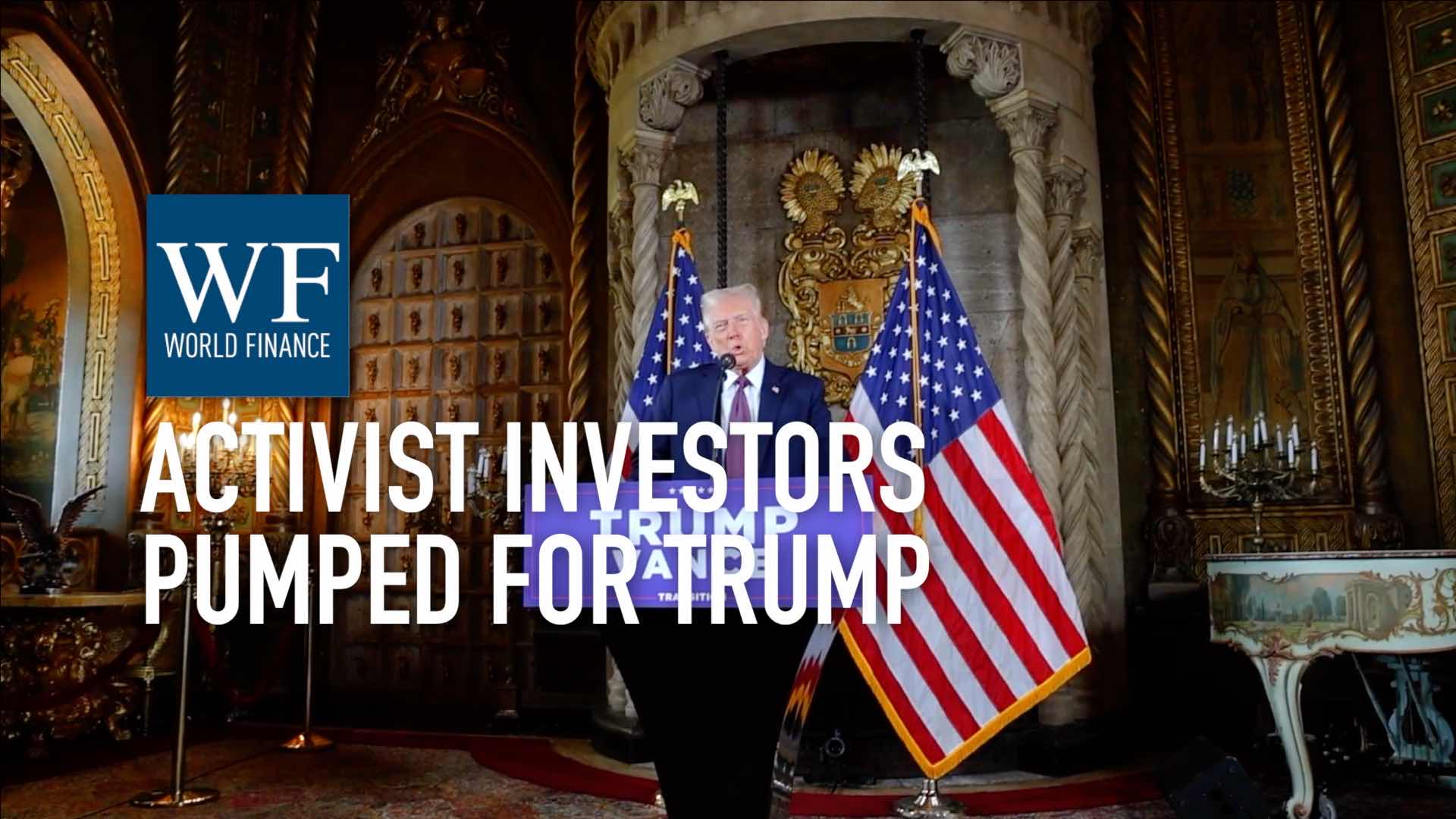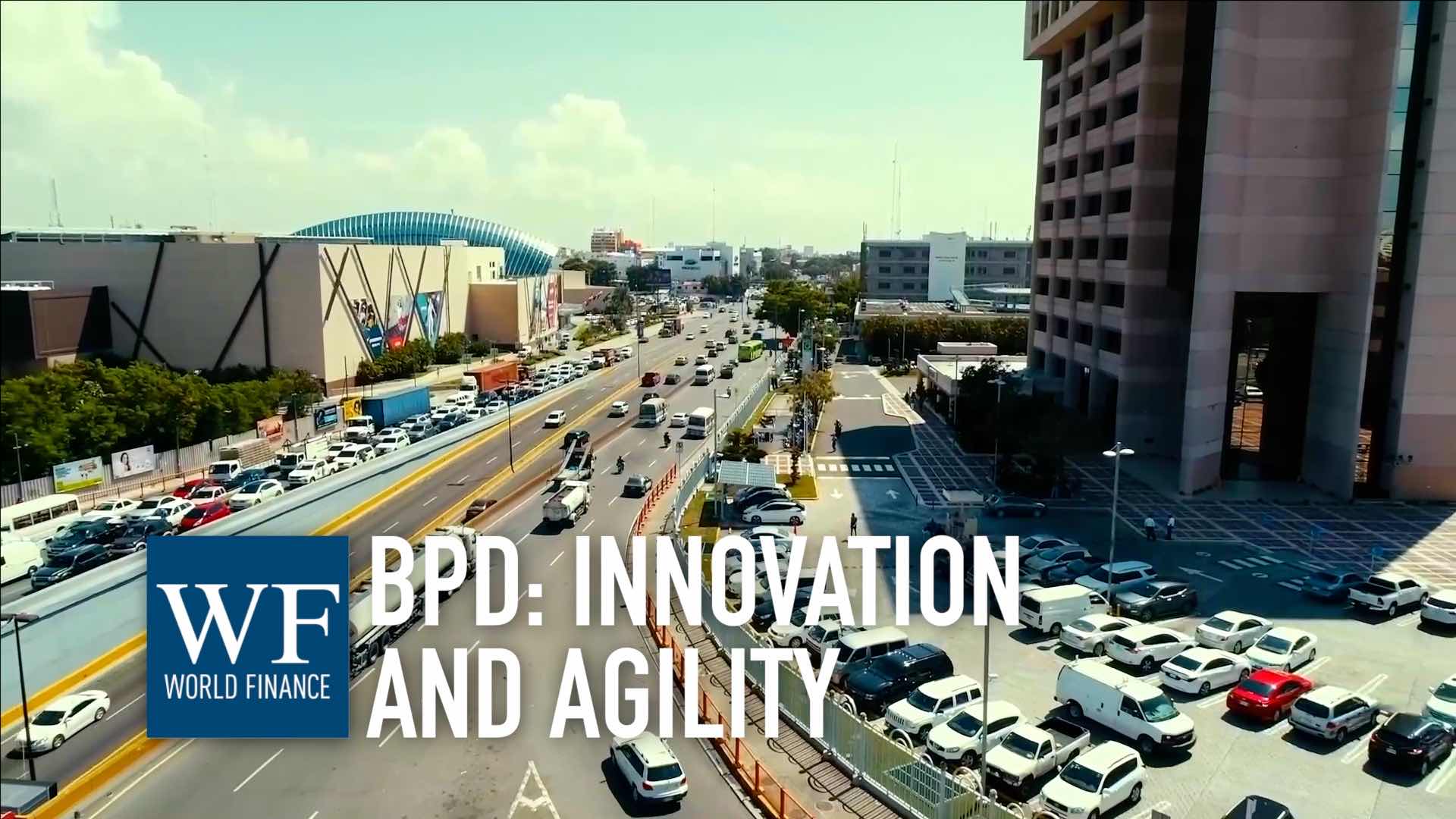Afore XXI Banorte on Mexican pension funds | Video
World Finance interviews Ignacio Saldaña, Chief Investment Officer at Afore XXI Banorte, to discuss Mexico's blossoming pension funds market
Related:
Transcript
In many parts of the world, pension funds have taken a hit. But one country that has diverted that norm is Mexico, with Fitch Ratings agency saying that the outlook for pension funds in the country is positive. World Finance speaks to Ignacio Saldaña, Chief Investment Officer at Afore XXI Banorte, to find out how the pension market has changed over the past few years, and how his firm is responding.
World Finance: Well Ignacio, in many parts of the world pension funds are taking a hit, but in Mexico they’re actually growing. Why would you say this is?
Ignacio Saldaña: Mexico is enjoying a demographic bonus. The biggest part of our population, its working age, which is between 15- and 65-years-old, so basically what we have is a very young country, that is contributing to a defined contribution system that started recently, and it’s now accruing a lot of income from these companies and from these workers into their segregated accounts, and its growing at 10-15 percent per annum rates.
[W]hat we have is a very young country, that is contributing to a defined contribution system
World Finance: So how would you say the pensions market has changed over the past few years in Mexico?
Ignacio Saldaña: I think that the most important change was back in 1997 when we changed from a defined benefits system to a defined contributions scheme, when the AFOREs or the pension fund system was born, and from there to now there has been relevant changes. For example, it was born as a fixed-income only fund, very low risk, government securities, no equities in the portfolio. Back in 2005, we got allowed to invest in equities and foreign securities. 2008 we changed from two funds to five, and then to four funds, and these four funds are different in their investment strategy. For example, we have the number one fund, which is basically for workers which are closer to the retirement. This has a lower equity stake and a higher fixed-income proportion of investments, and we have for the younger people which have more time for retirement, we have the Fund 4. Basically, we’ve changed from sole government securities portfolio, only debt, to a highly diversified portfolio. And another important change that I was not mentioning is that, in 2007, the government employees were also incorporated to the system, which is a big change also for the public pension costs of the country’s retirement plans.
World Finance: Well you actually reported higher than expected earnings for the last quarter of 2013, what do you attribute to this success?
Ignacio Saldaña: The higher than expected income was done through our parent company, Grupo Financiero Banorte, which is a listed entity in Mexico. And Afore XXI Banorte’s contribution to this income, it’s basically done through our consolidated earnings to the group. We’re streamlining our costs, we have merged Afore BBVA Bancomer, which was bought back in March last year and merged also in March, and we’ve been streamlining as I was saying all our costs and we’ve been giving more earnings to the group.
World Finance: So what do you have in place to manage risk?
Ignacio Saldaña: We have a very high compliance-oriented process. All our trades are authorised with risk management on a pre-trade status. So, before we do a trade, we already know that it complies with this investment regime, that it’s in line with our committee’s approach to these asset classes, and it’s always compliant with regulations.
World Finance: So finally, what’s next for Afore XXI Banorte?
Mexico has a lot of room to grow, and especially the pension plans and the pension funds
Ignacio Saldaña: It’s in a consolidation mode. We have been merging with Afore XXI a couple of years ago, and last year with the merger of BBVA, we have become the largest pension fund. So I think this year for consolidating our acquisitions, stabilising our earnings, and trying to improve them with more efficiencies and synergies in the coming months. We have a lot of things to do in Mexico on the portfolio investment side, we should lobby with our regulator to increase the foreign entity market, we can only invest 20 percent of our assets under management abroad or outside Mexico. We think we should go in Chile or other South American countries that have been incrementing this limit. There’s a strong correlation between Mexico, the pension plans in the future, and how we should diversify the money of our clients. There’s a lot of things going on in Mexico, and we have a very strong outcome on our energy reform. This pension fund assets should also be investing in infrastructure, in energy sector, I know there’s big challenges ahead on this, and we should find the correct vehicles and the correct way to get involved with the highest security for our investors. But I think Mexico has a lot of room to grow, and especially the pension plans and the pension funds are growing at 15 percent per annum for the last 15 years. The local market is becoming smaller and smaller every day for us, and we should start looking into more asset classes and try to get involved, introduce this and higher returns for our clients.
World Finance: Ignacio, thank you.
Ignacio Saldaña: Thank you.

 Prepare now for aggressive shareholder activism under Trump 2.0, says Kai Liekefett
Prepare now for aggressive shareholder activism under Trump 2.0, says Kai Liekefett Banco Popular Dominicano: Digitalising Dominican finance
Banco Popular Dominicano: Digitalising Dominican finance
